There are noticeable differences within the mainline Pokémon games that make each title stand out from one another. Every generation of new Pokémon games includes brand new Pocket Monsters that fans can fall in love with for the first time. Each game also has its own gimmicks and gameplay styles that help differentiate itself. Differences in core gameplay be subtle for some people, but there is a clear distinction between how the original Red and Blue games were played compared to how Sword and Shield were handled. With many iconic titles under the franchise’s belt, this list is our best attempt to rank them from worst to best?
Best Pokémon games, ranked
20. Pokémon Black 2 and White 2
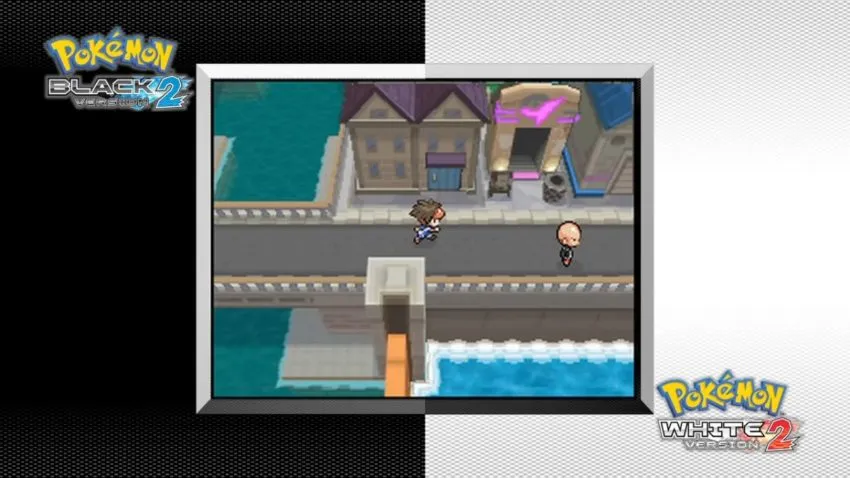
Pokémon Black and White are two great games in the franchise. Those games were able to create an engaging story and had an interesting main antagonist. The sequels, Black 2 and White 2, on the other hand, are a lot less appealing.
While we appreciate that Black 2 and White 2 were a continuation of the story that was told in Black and White, it isn’t nearly as engaging as the originals. It lacks the ambition that was seen in the first two games. Black 2 and White 2 were probably the least memorable titles in the entire franchise, which says something.
19. Pokémon Ultra Sun and Ultra Moon
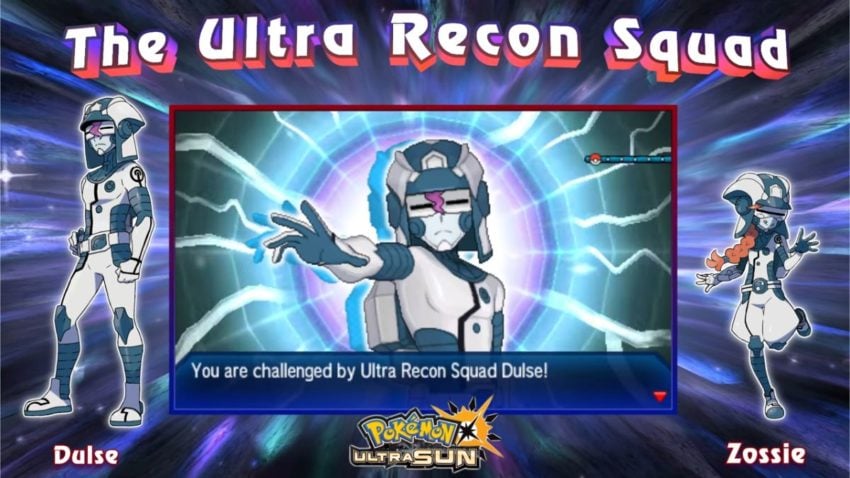
Whereas Pokémon Black 2 and White 2 lacked the ambition, Ultra Sun and Ultra Moon lacked the innovation. The third and fourth games in the seventh generation of Pokémon games, Ultra Sun and Ultra Moon were mostly the same games as the original Sun and Moon. While there were some added features in Ultra Sun and Ultra Moon, like Team Rainbow Rocket, the games are still probably the least different “third” game in any Pokémon generation, and changes to the story are controversial amongst fans.
18. Pokémon Brilliant Diamond and Shining Pearl
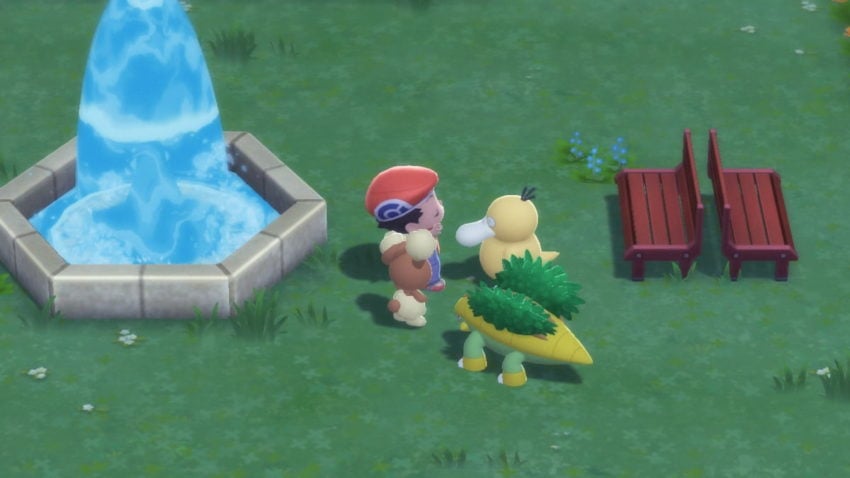
The chibi graphics for Brilliant Diamond and Shining Pearl were decisive right out of the gate. Not only that, BDSP kept everything from the original Diamond and Pearl the same. That includes a lot of glitches, slow pacing, and limited Pokémon. Diamond and Pearl were great games when they were released, but they haven’t held up the best in the years since. Pokémon Platinum was a more refined version of Diamond and Pearl, yet for some reason, BDSP refused to include any elements from Platinum. BDSP are exactly how Diamond and Pearl were when those games were released, for better and for worse.
17. Pokémon Red and Blue
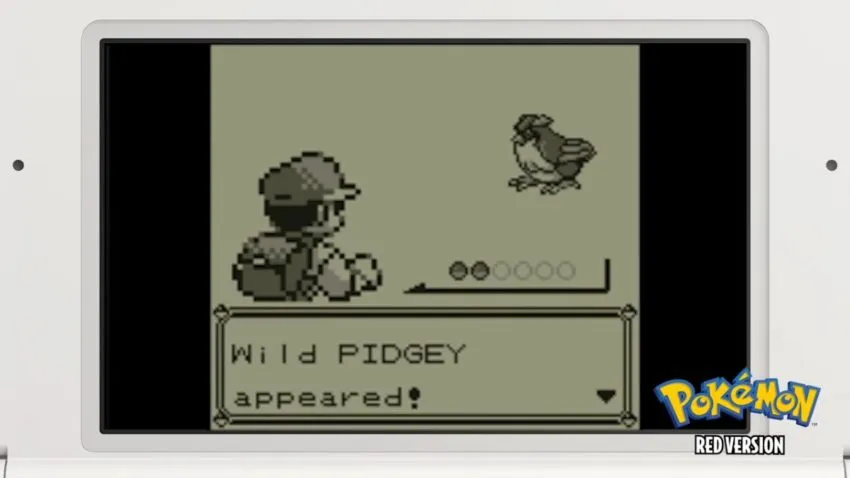
Red and Blue may deserve to be higher on this list because they were the first. Red and Blue started the whole Pokémon media franchise, and if it weren’t for them, we wouldn’t have Pokémon. Also, for the time they were released, Pokémon Red and Blue were great. However, the remakes of Red and Blue exceed the originals. With Let’s Go Pikachu/Eevee and even FireRed/LeafGreen, going back to Red and Blue feels unnecessary.
16. Pokémon Crystal
Similar to the issues with Ultra Sun and Ultra Moon, there’s very little to differentiate Crystal from its predecessors, Pokémon Gold and Silver. Pokémon Crystal serves as the third game in the second generation of Pokémon games. A successor to Gold and Silver, Crystal was hardly different from its predecessors. Crystal introduced the first female protagonist, and Pokémon were now given little intro animations, and the animations were pretty impressive for the time. Other than that, Pokémon Crystal isn’t that special.
15. Pokémon Yellow
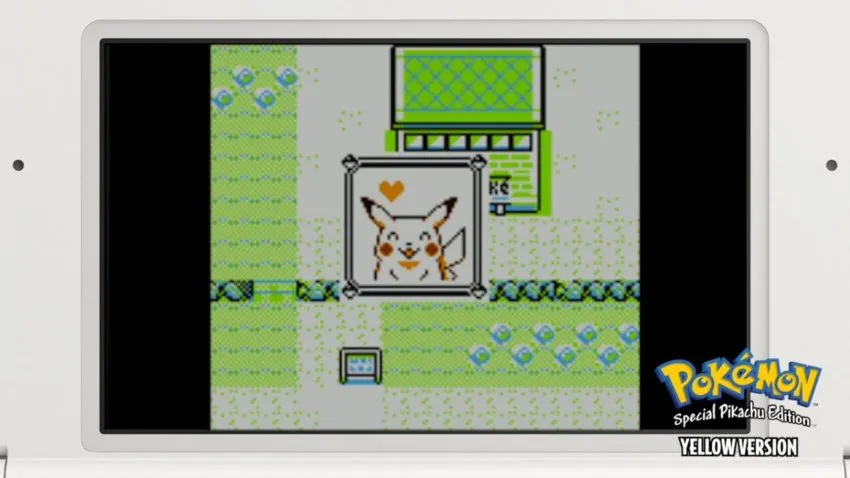
In the first third game in the Pokémon series, Yellow took players back to the classic Kanto region. Based more on the anime, Pokémon Yellow lets players start with a Pikachu. The Pikachu will follow you outside its Poké Ball, just like in the show.
The game is, without a doubt, a classic but suffers the same fate as the original Red and Blue. Future remakes make this game almost impossible to return to, outside of nostalgia. It is slow and the visuals are lifeless compared to the vibrant colors of more modern games. Having Pikachu follow you around is a good gimmick, yet it doesn’t change the overall gaming experience.
14. Pokémon Let’s Go Pikachu! and Let’s Go Eevee!

Speaking of the remakes of Red and Blue, Pokémon Let’s Go Pikachu! and Let’s Go Eevee! is a welcome return to form for the series. Since the original Red and Blue, the franchise has increasingly become more complicated; it was nice to go back to where it all began and only need to capture the OG 151 in Kanto. The only thing that brings the game down is that it is super easy, and you can only catch Pokémon by throwing Poké Balls like in Pokémon Go rather than battling.
13. Pokémon X and Y
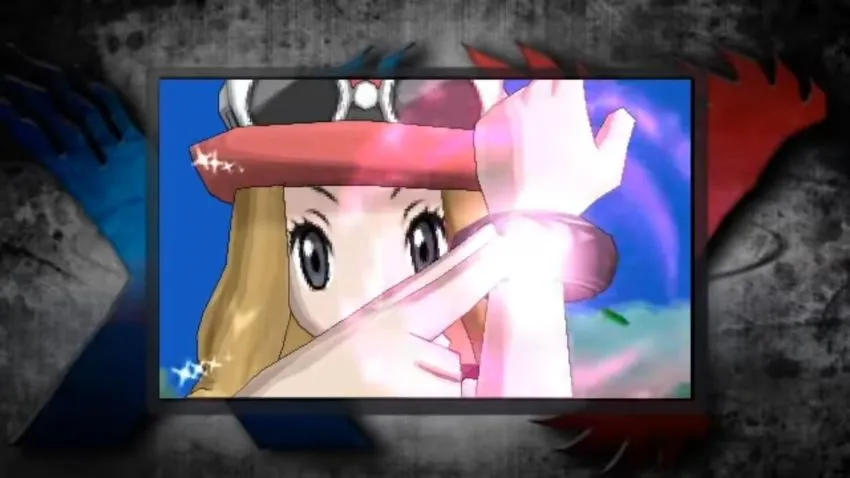
Pokémon X and Y, the sixth generation of Pokémon games, brought the franchise into the third dimension. X and Y introduced very few new Pokémon; only around 70 new Pokémon were brought in for these games. This is a stark contrast to the 150 new Pokémon introduced in the previous generation. X and Y may have fewer new Pokémon, but most of the new Pokémon they introduce have solid designs.
X and Y also introduced the Fairy typing and Mega Evolutions, forever changing how the games are played. The only real issue with the games is that the story and the evil team you face were underwhelming.
12. Pokémon Sword and Shield
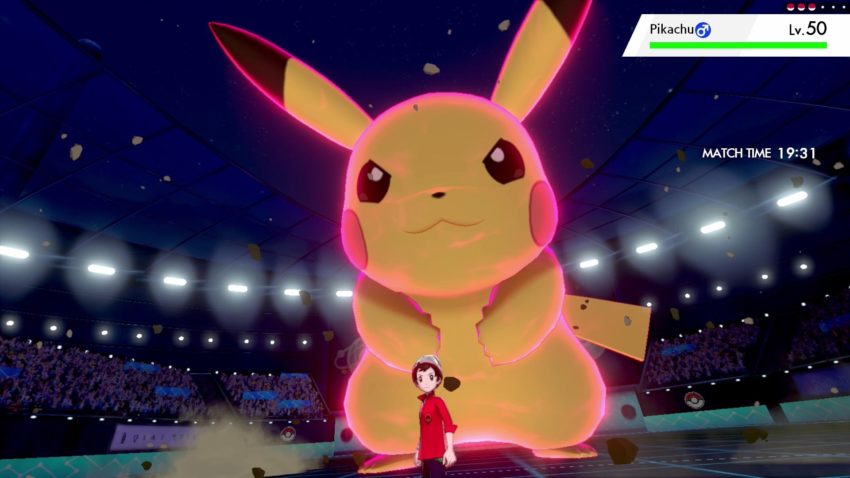
Probably the most controversial entry in the mainline series, Game Freak nearly condemned Sword and Shield to online criticism as soon as they revealed that a National Dex wasn’t making a return. Add in a visual style that some fans found to be incredibly lacking, the games were already deemed failures by a large portion of the fanbase before they were released, with many proclaiming boycotts and even calling out Game Freak as liars.
Of course, the controversy did little to deter the two games’ sales; the games became the fastest-selling titles on the Nintendo Switch and received favorable reviews. While few would argue that these two games are the best in the franchise, Sword and Shield are still entertaining games. The graphics for the game were mediocre, and the Wild Area isn’t fully fleshed out. Despite that, the games succeed thanks to the excellent new wrinkles it adds to the Pokémon lore. Gym battles never felt more intense, and the cast of new characters is memorable and likable. Sword and Shield are far from the best, but nowhere near the worst in the mainline Pokémon games.
11. Pokémon Ruby and Sapphire
We hate to say it, but we agree with the meme: there is too much water in Pokémon Ruby and Sapphire. You are continually surfing from island to island in these games, which made the titles feel longer than they needed to be.
With that said, what keeps Ruby and Sapphire this high is the fact that the games are still excellent overall. The battle system is more refined than the previous titles in the franchise, and the graphics were the best the series had at that point. This generation of games also brought in some of the most iconic Pokémon to be introduced outside the first two generations. Fan favorites include Gardevoir, Absol, Flygon, and the majestic Sceptile.
10. Pokémon Omega Ruby and Alpha Sapphire
Though the remakes of Ruby and Sapphire aren’t as loved as the originals, Omega Ruby and Alpha Sapphire did everything better. They are basically the same games, yet faster and with a new 3D paint job.
Several story elements and character redesigns were added to make the narrative a little bit more memorable. Weirdly enough, the most exciting story stuff happens in the post-game. The post-game introduces an enigmatic Zinnia and incorporates the Legendary Pokémon far better than the originals. These added story elements add a lot to the overall experience and make it more fun to play through. Of course, the game still has issues of forcing players to swim everywhere, but nothing is perfect.
9. Pokémon Black and White
Pokémon Black and White took everything from Diamond and Pearl and improved in areas that needed it the most. The games were faster and more polished than their direct predecessor, and the graphics were a noticeable step up.
Black and White also had a compelling story mode. These games brought up the fact that Pokémon are confined to Poké Balls and are used as tools by humans. The villains were animal rights activists who want to release all Pokémon from their balls, and the main antagonist, N, is a fascinating character. For once, Pokémon had a compelling narrative that challenges preconceived notions of the franchise.
The only reason why these games aren’t higher is that the Pokémon designs introduced in these games were the worst in the entire franchise. Black and White had about 150 new Pokémon, the same number as the first generation. Despite that, Black and White’s story and gameplay make it one of the best in the series.
8. Pokémon Diamond and Pearl
The fourth generation of Pokémon can be divisive for the fandom. Some fans of Pokémon appreciate the lore and new Pokémon introduced in these games, whereas others found the slow pacing to be a detriment to the games. Diamond and Pearl’s remakes, Brilliant Diamond and Shining Pearl, further proved that the original games have not held up the strongest.
However, Diamond and Pearl deserve credit for its graphical improvements, the new Pokémon introduced, and the lore they added to the games. Diamond and Pearl introduced Legendary Pokémon that are literally the Gods of the Pokémon universe. These new God Pokémon enhanced the scope of the Pokémon franchise and made the Pokémon mythos more interesting.
7. Pokémon Gold and Silver
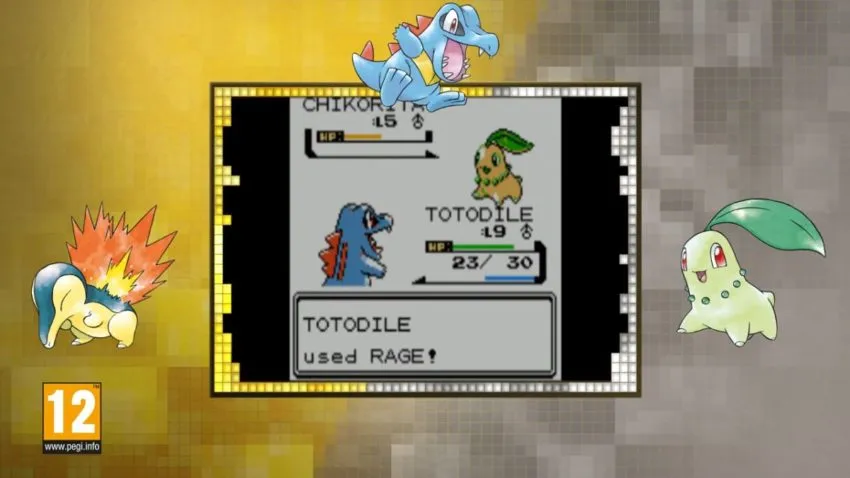
Pokémon Gold and Silver were the natural progressions from the original Pokémon games. The games incorporate a day and night setting, with certain Pokémon only available at certain times of the day. Steel and Dark types were introduced, adding more complexity to the gameplay. Breeding was also introduced, meaning Pokémon eggs and baby Pokémon like Pichu were revealed.
The game didn’t change the gameplay too much, but it didn’t need to. The other added things were enough to have it this high on this list. The additional new Pokémon were a little bit bland, though still solid overall.
Gold and Silver also had the pleasant surprise of including the entire Kanto region from Pokémon Red and Blue. After you were done with the Johto region, you can go straight to Kanto and do the same thing again. The main problem with these games is that they can be very difficult to finish. There aren’t any good places to level up your Pokémon, and some of the trainers’ fights were legit hard.
6. Pokémon Sun and Moon
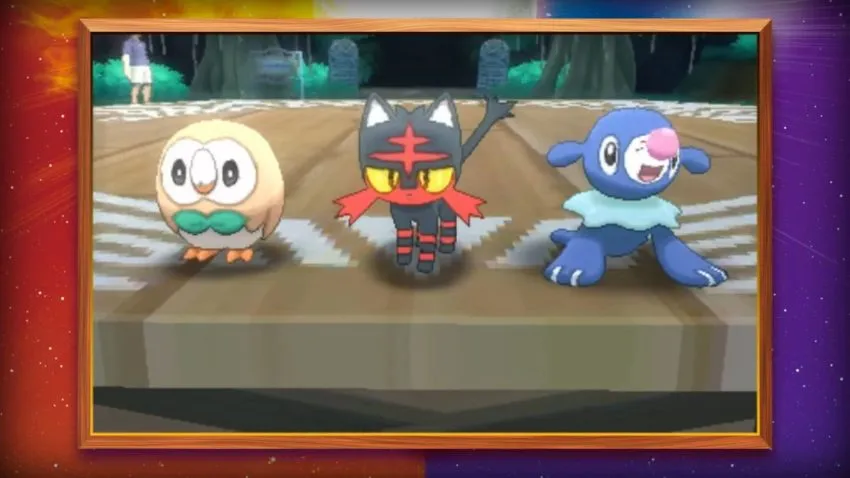
Pokémon Sun and Moon followed X and Y’s footsteps, and rather than having over a hundred new Pokémon like Black and White did, Sun and Moon only introduced a modest amount of new Pokémon.
Even though there were very few new Pokémon, everything else about this generation is fantastic. The Alola region is one of the most fully fleshed regions in all of Pokémon through the culture and people of Alola. The games also introduced players to regional forms, which are new forms for previously existing Pokémon. It was an excellent new addition to Sun and Moon that got carried over to Sword and Shield.
These games also did the impossible and finally removed HMs. In past games, you need to teach your Pokémon things called Hidden Moves to progress through the story. In Sun and Moon, you don’t need HMs, and instead, you only need a Ride Pager and call in a Pokémon to help you overcome an obstacle. Sun and Moon also had a thoughtful story, and the hilarious Team Skull shines throughout the narrative.
5. Pokémon FireRed and LeafGreen
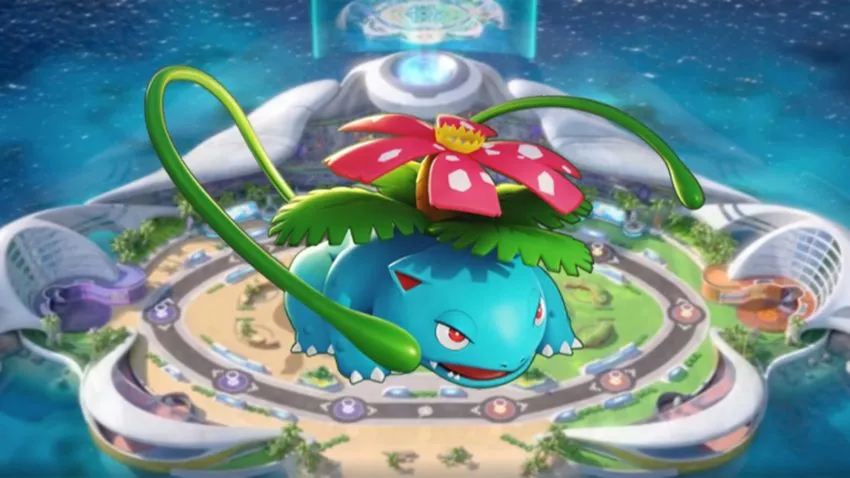
Probably the best version of the original Pokémon games, FireRed and LeafGreen were first released on the Game Boy Advance. The sprites are not only better in FireRed and LeafGreen, but the gameplay is less broken. We love the original Red and Blue, but those games barely worked.
FireRed and LeafGreen don’t have as many bugs and instead expand on the original games. The games incorporate features introduced in the sequels, like breeding and running. The remake’s rendition of classical Pokémon music is phenomenal, and seeing Kanto again is always a delight. The Vs. Seeker is also a very welcome addition.
FireRed and LeafGreen, most importantly, included post-game content. The Sevii Islands were new areas introduced for these games and added so much content. It had more Pokémon, more trainers, and new areas to traverse. Whereas Let’s Go Pikachu! and Eevee! are graphically superior remakes, FireRed and LeafGreen have more content and are more challenging. They are the best version of the classic games.
4. Pokémon HeartGold and SoulSilver
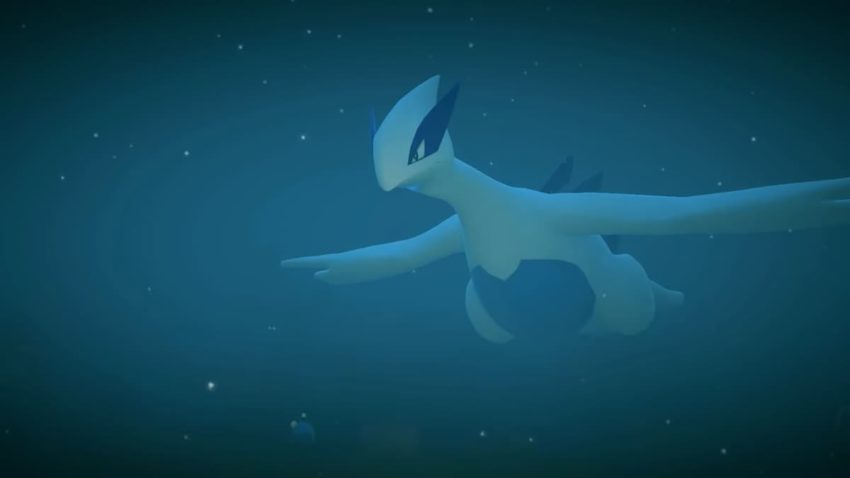
Gold and Silver are often ranked as some of the most popular Pokémon games, and their remakes, HeartGold and SoulSilver, are the quintessential versions of those games. It’s hard to argue against that; HeartGold and SoulSilver were really good games in the franchise. They had the elements that we loved in the original games and upgraded them with more added features. The games were faster, more polished, and look better than the original games. HeartGold and SoulSilver also had the bonus of having any Pokémon follow you around. It isn’t just Pikachu; any Pokémon can follow you outside of battle.
Unfortunately, just like the original Gold and Silver, HeartGold and SoulSilver get a little bit too repetitive towards the end. Leveling up your Pokémon takes forever, and there aren’t any good places to grind.
3. Pokémon Legends: Arceus
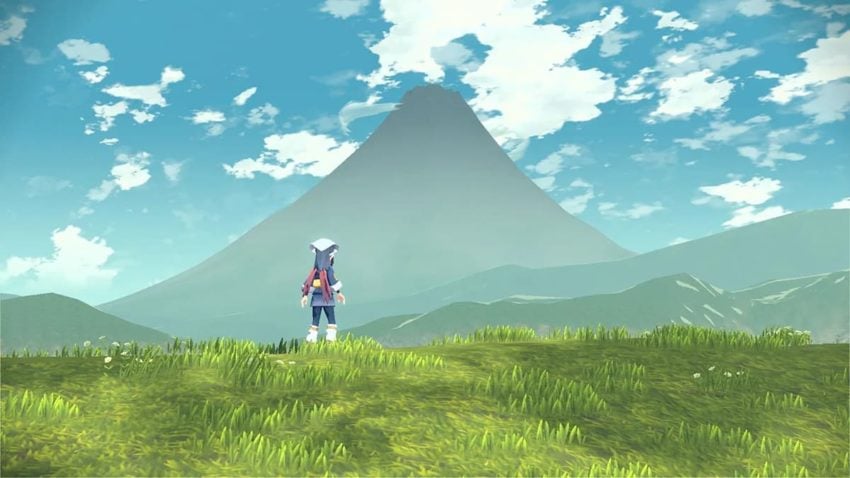
Related: Pokémon Legends: Arceus has an addicting gameplay loop covered in a compelling world – Review
The true Sinnoh remakes that fans were clamoring for, Pokémon Legends: Arceus is everything fans have been begging for and more. While not a true open-world game, Legends: Arceus allows players to travel through five distinct areas. Each area has its own terrains and is fairly large. You can get lost for hours checking out every corner of the area.
Battling and capturing have been streamlined as well. You can sneak around and throw dozens of Poké Balls at wild Pokémon. Every Pokémon is visible on the overworld, meaning you can avoid them if you want. Battles were less a focus in this game but were still faster and cleaner than they were before.
The main issue with the game is that the graphics were not good. However, this game is fun enough that the graphics are something that can be easily overlooked. Fans can play Legends for days and never get bored.
2. Pokémon Platinum
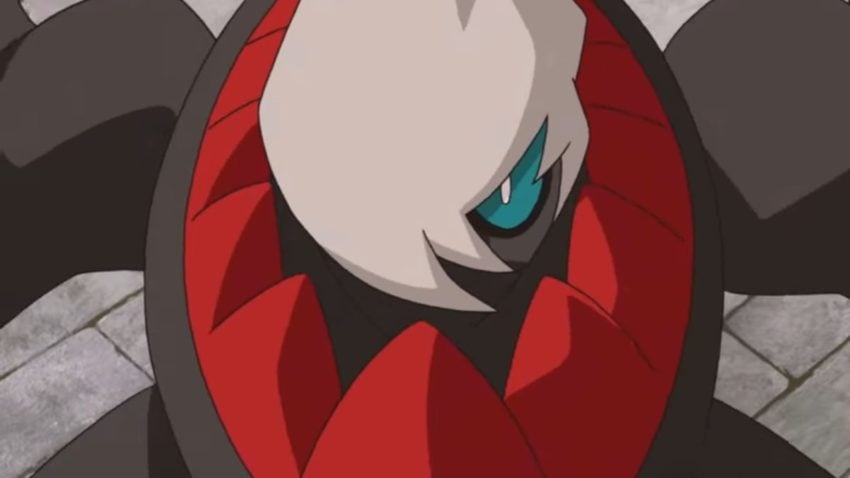
No matter what you feel about Diamond and Pearl, there’s no denying that Pokémon Platinum is a vast improvement. Platinum is the third game in the fourth generation of Pokémon games and is a retelling of Diamond and Pearl. Though the gameplay was still a little slow, many parts of the game were revamped. The Pokémon Gyms were more complicated than they were in previous games. The gyms were now more like mini-dungeons to traverse in, with each gym having its own gimmick. The game also added a new area called the Distortion World, another dimension where the laws of gravity weren’t the same as in the normal realm.
The Distortion World showed off the game’s graphical capabilities and served as an excellent area to have your fight with the Legendary Pokémon Giratina. Platinum also added in a lot more Pokémon that weren’t in Diamond and Pearl.
Pokémon Platinum did everything that a third Pokémon game needed to do. It may have been at its core the same as Diamond and Pearl, but the small touches it included made a world of difference. If you didn’t like Diamond and Pearl and decided to skip Platinum, reconsider. Platinum made vast improvements and deserves to be played by all fans of the series.
1. Pokémon Emerald

Pokémon Emerald perfected the formula of the third Pokémon game established in Yellow. A successor to Pokémon Ruby and Sapphire, Emerald retold the same story in the Hoenn region. Except with a twist — you fight against both Team Aqua and Team Magma.
Not only that, you were capable of fighting and capturing every legendary. In the previous games, you were limited to a specific set of Legendaries. Not in Emerald though, as most Legendaries were up for grabs. You can capture Groudon, Kyogre, and Rayquaza in the same game.
The other inclusion to the story added more stakes, with the world truly in danger. The game still had that pesky “Too Much Water” thing the other games taking place in Hoenn suffer from, yet this time the game doesn’t feel as bogged down with all the surfing. The new elements introduced in Emerald make the game feel like a new experience. It’s the best game in the Hoenn region, the best “third” Pokémon game in a generation, and the best Pokémon game of all time.
This article includes affiliate links, which may provide a small compensation to Gamepur.

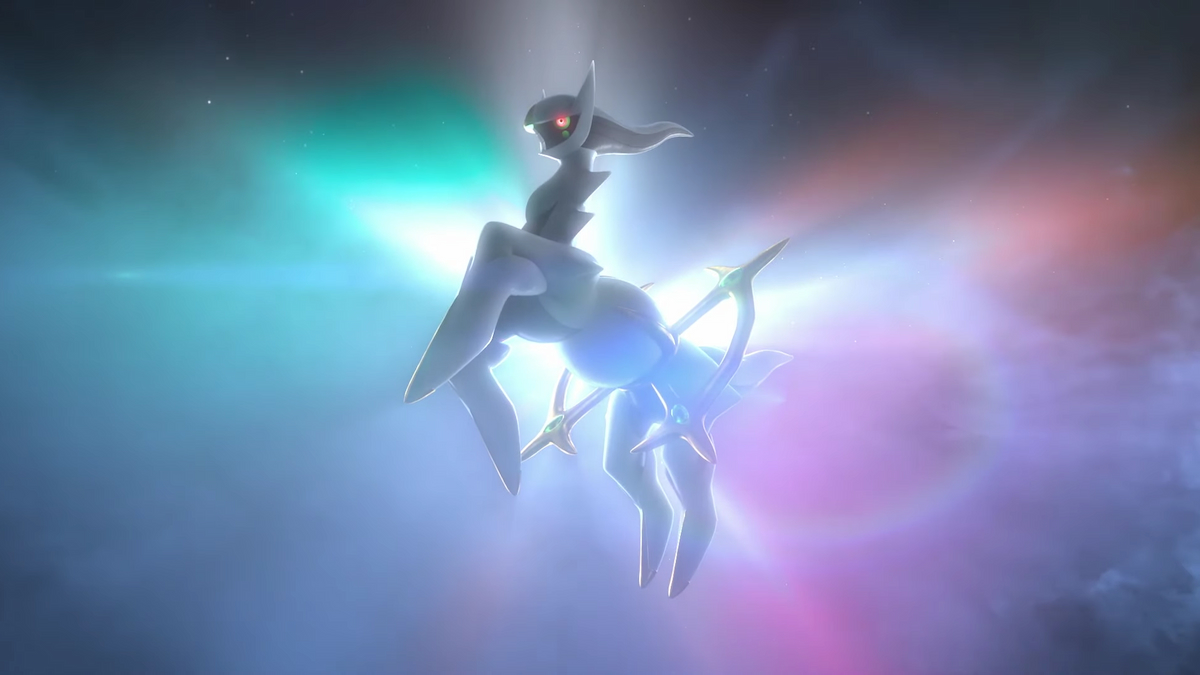


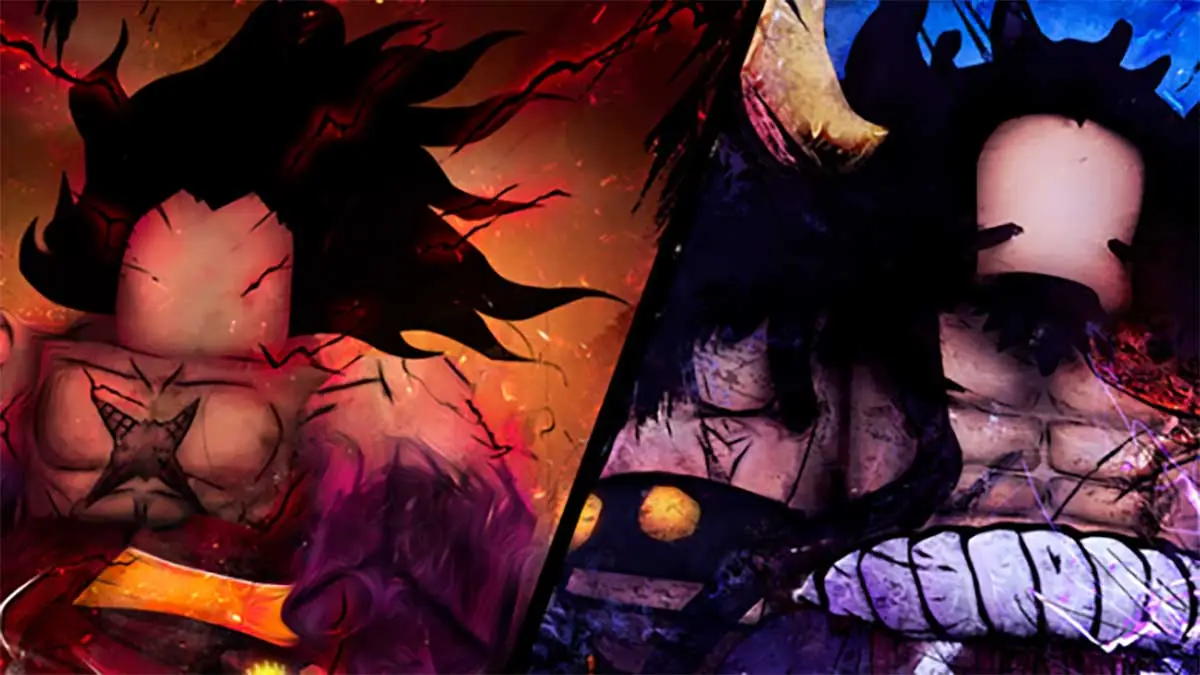
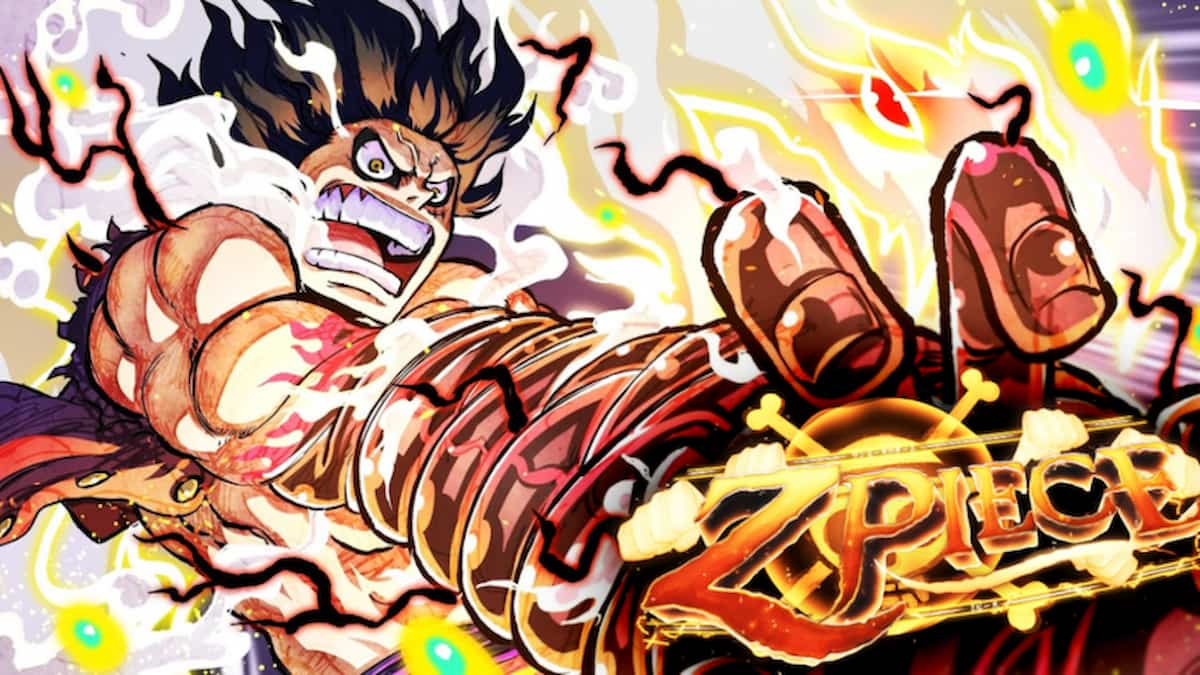
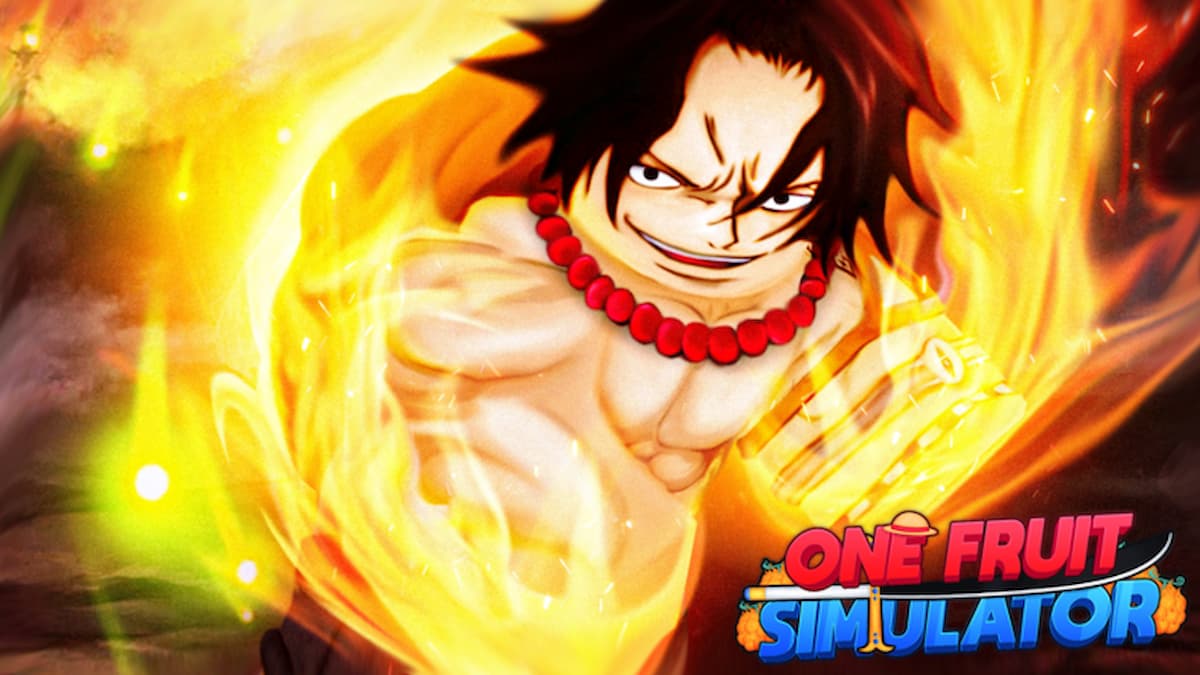
Published: Jul 11, 2022 02:47 pm